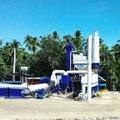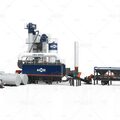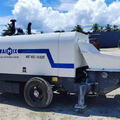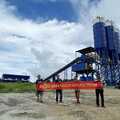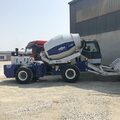In today's fast-paced construction industry, automation is not just a luxury—it's a necessity. The integration of automated technologies in ready mix concrete plants is reshaping the way facilities operate, improving efficiency, accuracy, and productivity. However, this transformation also has a notable effect on the concrete plant cost.
This article explores how automation influences the ready mix concrete plant cost, what benefits it offers, and why more businesses are embracing automated systems in modern concrete production.
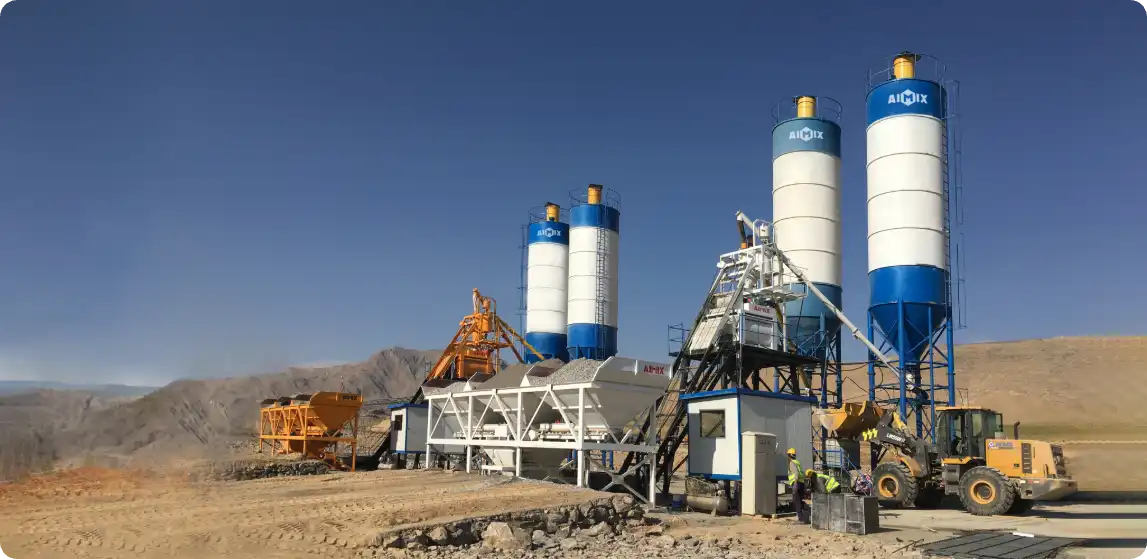
Understanding the Role of Automation in a Concrete Plant
An automated ready mix concrete plant uses advanced systems and software to control material handling, weighing, mixing, and even maintenance alerts. These systems minimize human error, optimize production cycles, and provide real-time data for better decision-making.
Automation in a concrete plant typically includes:
-
Programmable Logic Controllers (PLCs)
-
Human-Machine Interfaces (HMIs)
-
Automated weighing and batching systems
-
Real-time production monitoring
-
Auto-cleaning and maintenance features
Although this advanced setup may increase the initial concrete plant cost, the long-term gains in efficiency and savings can far outweigh the investment.
How Automation Impacts Ready Mix Concrete Plant Cost
1. Higher Initial Capital Investment
One of the most immediate impacts automation has on the ready mix concrete plant cost is the upfront price. Automated systems, especially fully computerized control panels and sensors, significantly increase the cost of plant equipment.
For instance:
-
A basic semi-automatic concrete batching plant may cost between $50,000 and $100,000.
-
A fully automated high-capacity concrete plant can range from $120,000 to over $300,000, depending on its specifications and brand.
However, this cost is not just for convenience—it’s an investment in long-term performance and output quality.
2. Reduced Operating Costs
While automation increases the initial concrete plant cost, it substantially reduces ongoing operational expenses. Automated systems can:
-
Reduce labor requirements
-
Improve batching accuracy (less material waste)
-
Cut energy and fuel costs with optimized cycles
-
Lower maintenance frequency through self-diagnostics
These cost-saving benefits accumulate over time, allowing companies to recover their investment faster and maintain higher profit margins.

Key Benefits of Automation Justifying Higher Plant Cost
1. Enhanced Accuracy and Consistency
One of the biggest issues in traditional batching plants is human error. Automation removes inconsistency in concrete mixes by precisely controlling the proportion of cement, water, aggregates, and additives.
This precision not only improves product quality but also reduces waste—lowering per-unit production cost and improving customer satisfaction.
2. Increased Productivity
Automated plants operate faster and with fewer interruptions. A well-configured ready mix concrete plant can:
-
Execute continuous batching cycles
-
Track productivity in real time
-
Adjust operations instantly based on order volume
Faster cycles and minimal downtime allow businesses to handle more projects and meet tight deadlines, which boosts revenue potential.
3. Improved Safety and Monitoring
Automated systems improve workplace safety by reducing manual handling of heavy materials and minimizing operator exposure to dust or mechanical hazards. Additionally, real-time monitoring systems can alert operators to potential malfunctions before they become costly breakdowns.
Over time, this reduces injury risks, maintenance downtime, and associated costs, which are crucial factors in evaluating total concrete plant cost.
4. Data-Driven Operations
Modern concrete plant automation includes integrated data tracking. Plant owners and managers can access:
-
Batch records
-
Material consumption reports
-
Equipment performance data
-
Predictive maintenance alerts
These insights support better inventory management, cost forecasting, and compliance reporting—leading to smarter decisions and optimized operations.
Comparing Manual vs Automated Concrete Plant Cost
Let’s compare two plants producing 60 m³/h of concrete:
| Feature | Manual/Semi-Automated | Fully Automated |
|---|---|---|
| Initial Cost | ~$80,000 | ~$150,000 |
| Labor Required | 6–8 workers | 2–3 workers |
| Monthly Output Potential | Medium | High |
| Energy Efficiency | Moderate | High |
| Maintenance Frequency | Higher | Lower |
| Estimated ROI Timeline | 2–3 years | 1–1.5 years |
While the automated plant has a higher concrete plant cost, its faster ROI, reduced labor needs, and higher throughput often make it the smarter long-term investment.
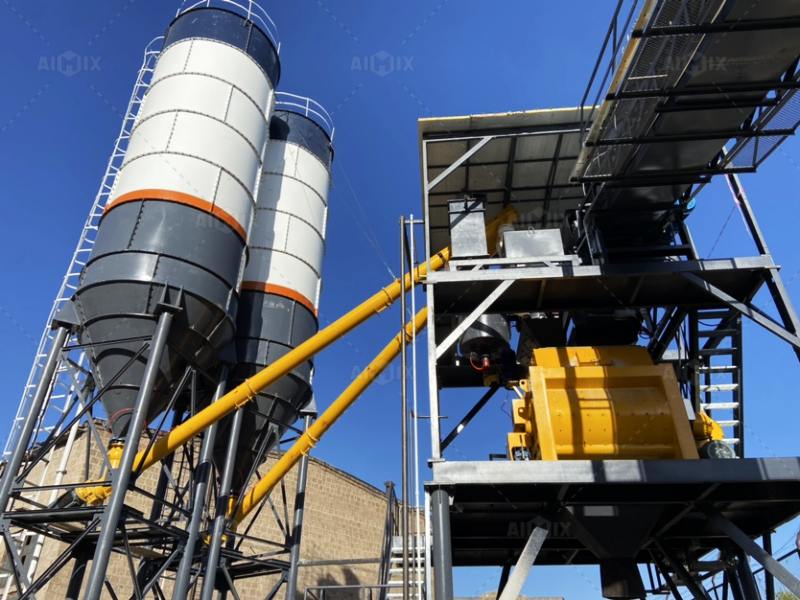
When Does Automation Make the Most Sense?
Automation is most beneficial in the following scenarios:
-
Large-scale operations with high daily output
-
Urban or high-labor-cost regions where minimizing manpower is critical
-
Companies prioritizing quality control for infrastructure, highway, or commercial projects
-
Businesses aiming for scalability and integration with digital project management systems
For smaller or short-term projects, semi-automated batching plants may suffice. However, as production scales, automation becomes increasingly economical.
Conclusion
Although automation increases the initial ready mix concrete plant cost, it brings powerful benefits that can’t be ignored in modern concrete production. Enhanced efficiency, lower operating costs, better quality control, and faster ROI make it a worthwhile investment for businesses planning long-term growth.
As the industry continues to evolve, those who adopt automation today are likely to lead tomorrow—balancing higher upfront costs with stronger competitiveness and profitability.

